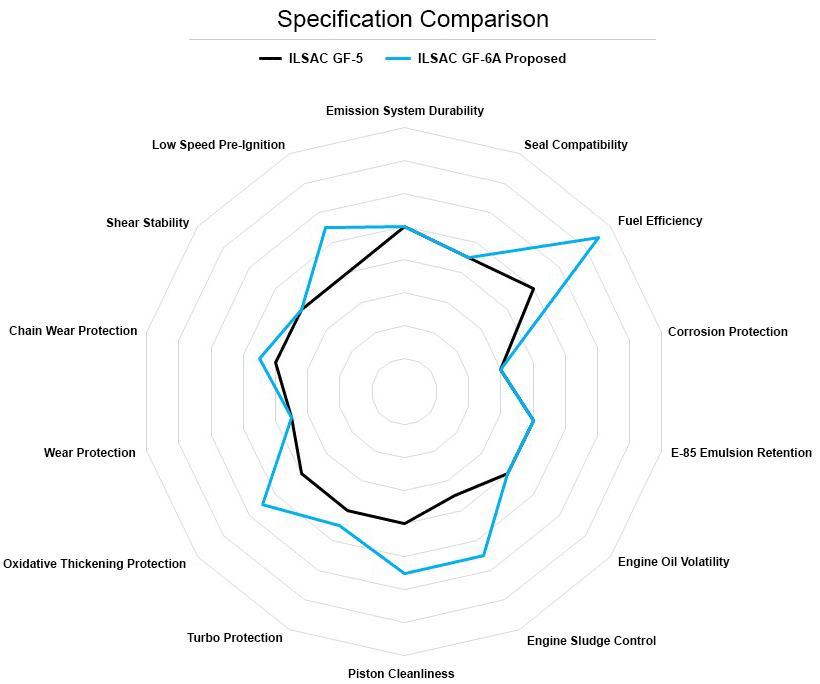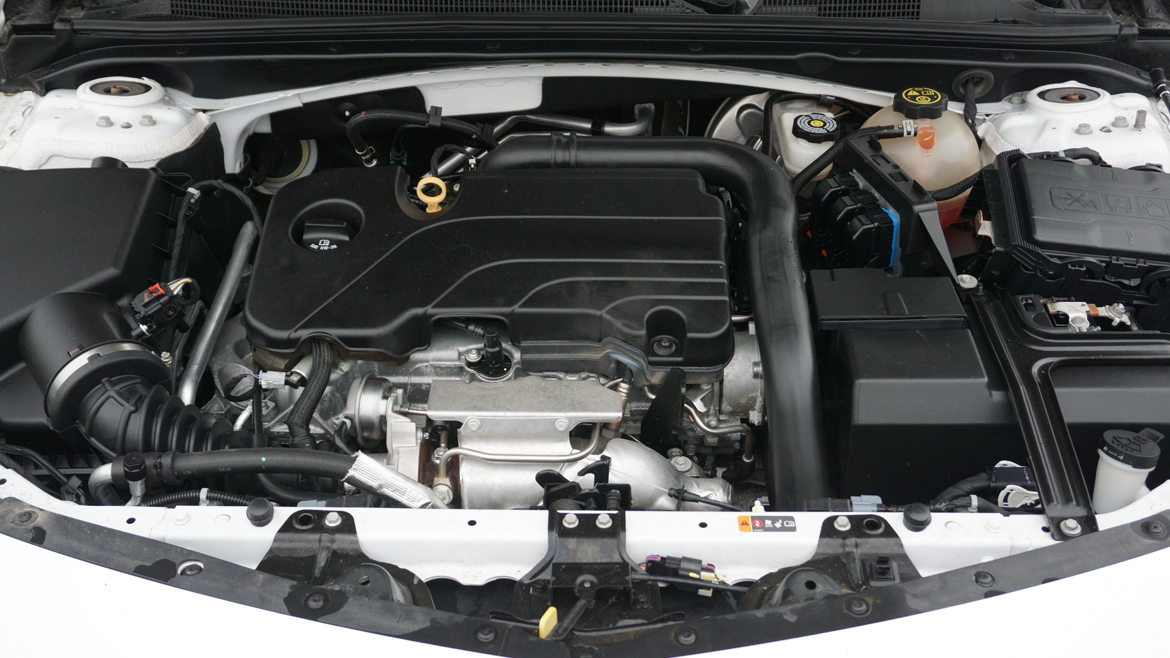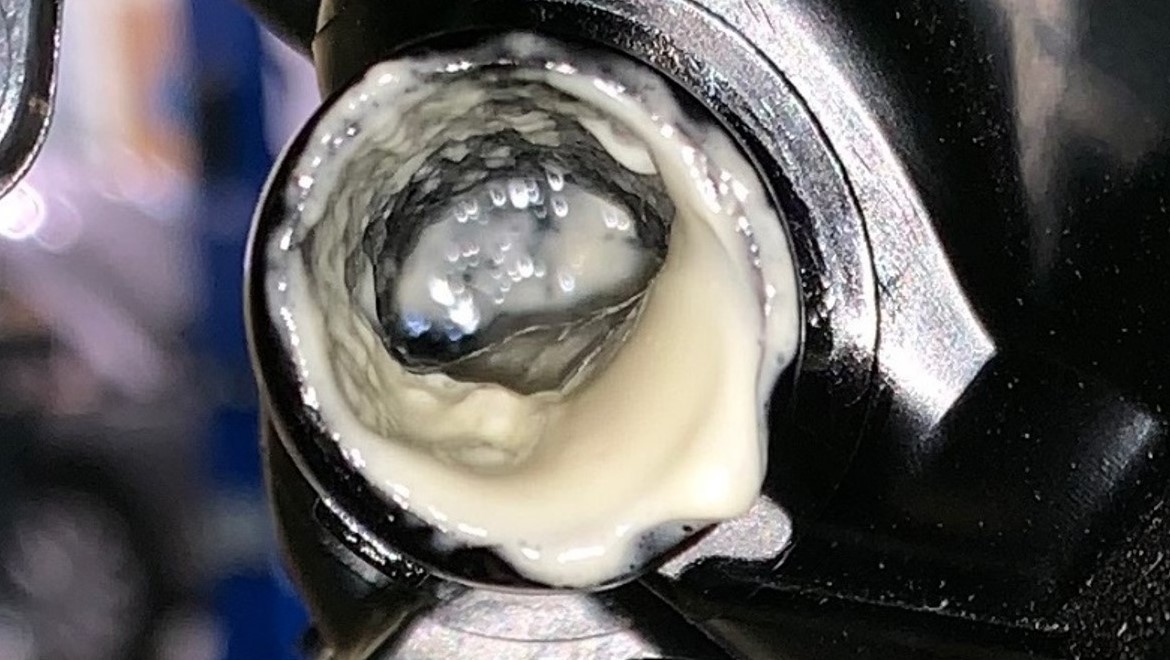Jul 18, 2018
Posted by Tom Curtis, President, Lubrizol Additives
Higher efficiency and lower emissions have been primary goals for all players in the automotive industry for several years, driven by increasingly strict rules and standards from a variety of bodies and administrations across the country and the globe.
We know that the lubricant is a part of this equation. Whether it’s direct efficiency benefits from lower viscosity fluids, or the enablement of new engine technology (the broad move toward turbocharged gasoline direction injection (TGDI) engines, for instance), lubricants matter in how we collectively reach the goals set out before us.
But it’s worth taking a closer look at how our specification development process impacts this drive to a more efficient future, with attention paid to ILSAC GF-6. It’s a microcosm of what lubricants can help accomplish, and their limitations under our current system.

 Here’s something to consider:
Here’s something to consider:
What difference does five years make? Compare the test limits for engine oils in areas related to efficiency from ILSAC GF-5 to the proposed ILSAC GF-6. ILSAC GF-6 demands far greater fuel economy performance from the engine oil. It’s a significant performance increase, and one that will have a real societal benefit once ILSAC GF-6-certified lubricants are widely available in the marketplace.
Now consider that the original ILSAC GF-6 needs statement was drafted in 2011, with an original first license expectation of 2015. As of today (2018), ILSAC GF-6 isn’t expected to see first license until 2020.
Our view
We’ve been clear in our belief that the current industry model is inhibitive of innovation within the lubricants industry. But what we see here is a larger detriment to the common good of society. Greater fuel efficiency means less fuel burned and less emissions created by millions of cars on the road. And while fuel economy gains solely attributable to the lubricant are smaller compared to some other areas of engine design and performance, they nevertheless contribute. The true detriment is impossible to calculate—but millions of vehicles using lubricants delivering higher fuel economy over five years must be significant.
For both OEMs and oil marketers, it stands to reason that we strongly consider how we can change the way we test and certify lubricant performance as it pertains to critical issues with a global impact, like fuel economy and greenhouse gas reduction.
Matt Timmons wrote recently about how API SN Plus, and its fast tracking of certified low speed pre-ignition (LSPI) performance, was indicative of a new way to accomplish other lubricant goals. The same lessons learned there can apply to fuel efficiency—or engine wear, or drain life, or deposit control, or anything else the lubricant is capable of.
The lubricant has a critical role to play in the future of the automotive industry. We need to let it do so.
For more information on specifications impact on society, contact your Lubrizol representative.









